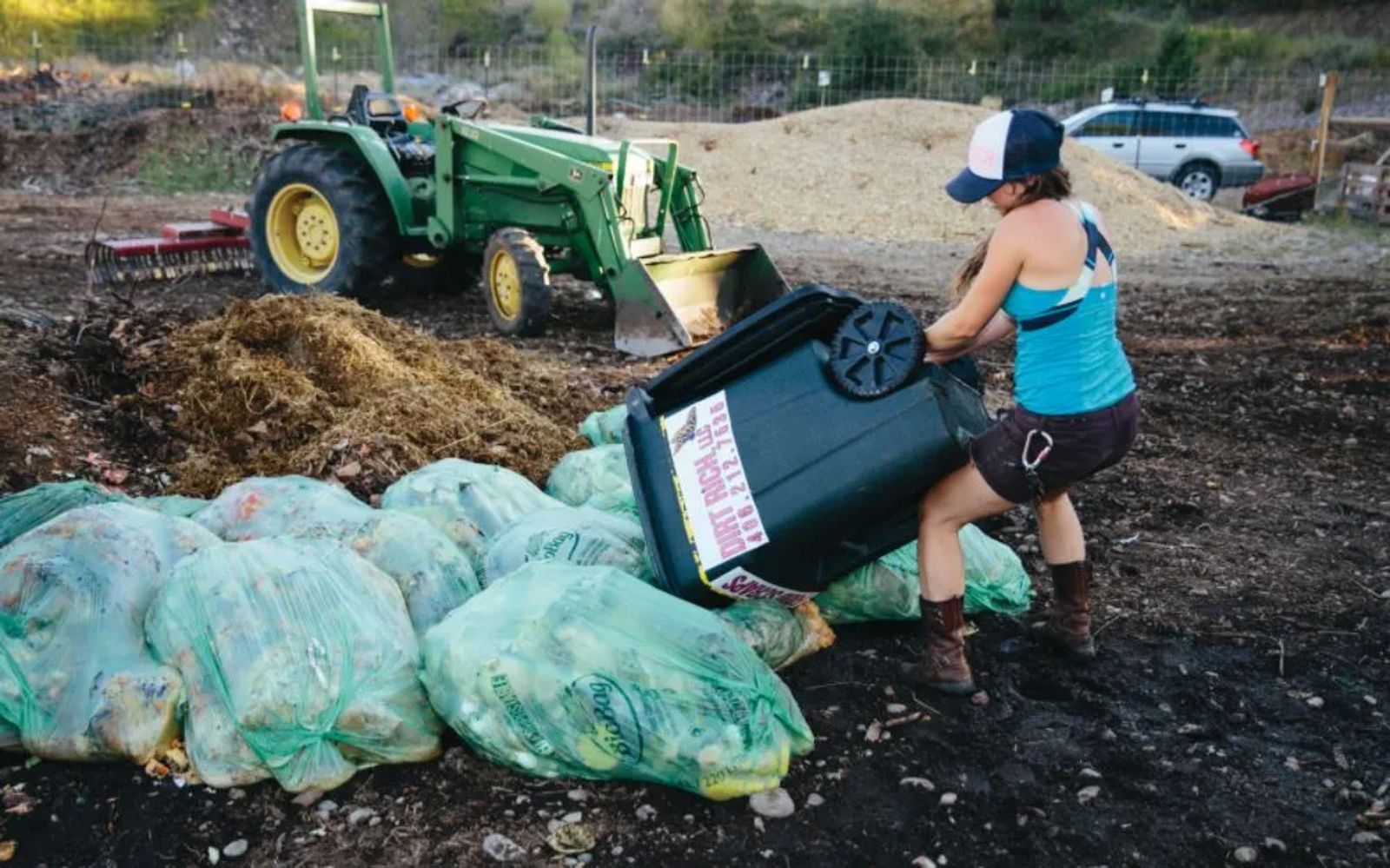
DIRT Rich
A Vision For Sustainability
We all love the story of the underdog — the misunderstood, underestimated, anti-hero of a tale. But, every underdog needs an advocate in order to shine. Alissa LaChance, owner of DIRT Rich Composting in Montana's Flathead Valley, is just such an advocate. In fact, she advocates for the littlest guys of them all: the colonies of tiny microbes who make their living in the soil under our feet.
Alissa's compost story began at the University of Montana, where she earned a degree in sustainable agriculture. “I thought I wanted to farm, and that was the only thing that inspired me,” she explains. “I like to spend my time in the dirt. But, something wasn't fitting quite right, as far as how I wanted to spend my days. I knew I needed to put my degree to use, so when I came back to Whitefish, I got back in touch with an old friend, Rachel Gerber, who had also been farming.”
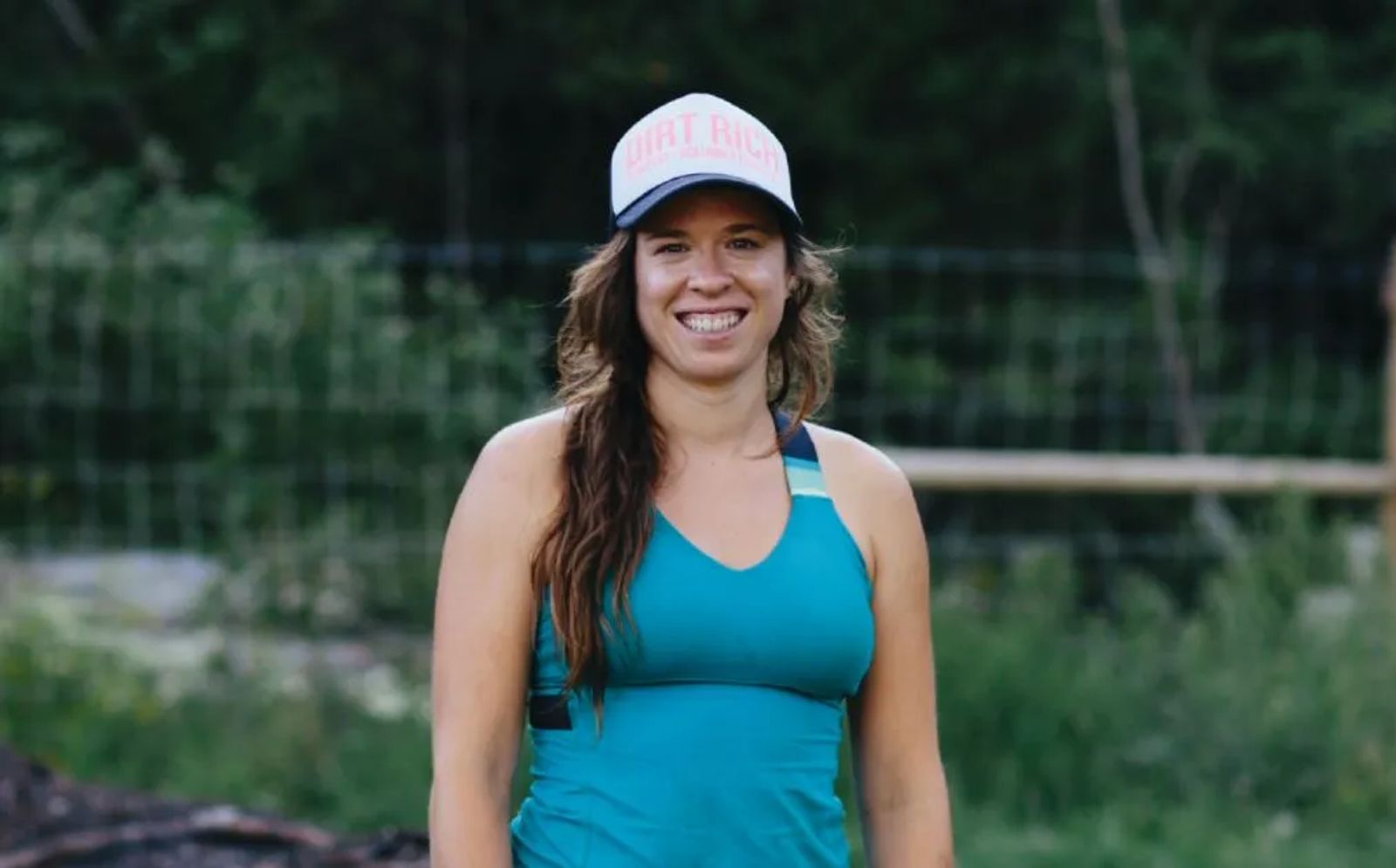
Alissa explains that, at the time, Rachel was doing some small-scale composting for herself and her neighbors in her backyard. “She had some food waste bins set up at the local farmer's market, but didn't have any plans to turn composting into a big business,” Alissa says. A chance encounter one day at the farmer's market changed everything.
Rachel was approached by a representative of Xanterra, the concessionaire running the lodges and restaurants in Glacier National Park. Xanterra had been eyeing the small composting bins at Rachel's farm stand and wanted her to compost the waste from all of the restaurants in Glacier Park — over 70 tons of food waste per year.
Rachel's modest setup was not able to handle the amount of food waste, which Xanterra was hoping to get rid of. But, when Alissa heard about the offer, she saw an opportunity and decided it shouldn't be squandered.
Within three months of signing the contract with Xanterra, DIRT Rich composting service was born. Together, the partners were able to piece together the land, equipment, investors, and supply chain to be able to meet the demands of the massive food waste problem.
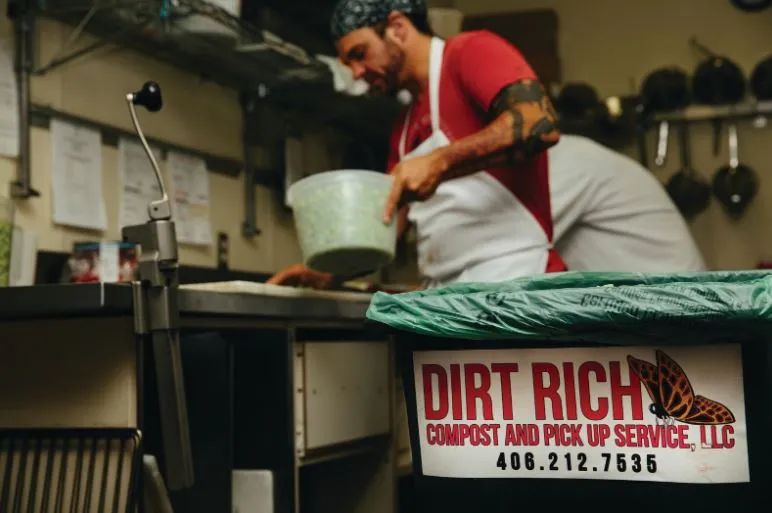
Their first season was a success, by any measure. They jumped in and began working out techniques to handle the volume of waste they were expected to manage under their new contract, but the process wasn't without difficulty. There were some disagreements between the two women about how to go about meeting the new demands, as they tried a variety of options together.
By the end of that first season, Rachel's life circumstances had changed, and Alissa offered to buy her out of the business. Alissa recounts the event, saying, “It was a rough patch for the company, but it enabled me to change our approach to composting techniques. I had a lot to learn, but I loved doing this, and I decided I was going to find a way to make it work.”
Building a plan to sustainably manage the problem of food waste is, in itself, a noble pursuit. But the story didn't end there.
For Alissa, the real breakthrough occurred when she attended a seminar by Dr. Elaine Ingham, author of The Soil Biology Primer. During the seminar, Dr. Ingham lectured about a set of soil biology principles which she dubbed 'The Soil Foodweb'. “That's the moment DIRT Rich was truly born,” Alissa reflected.
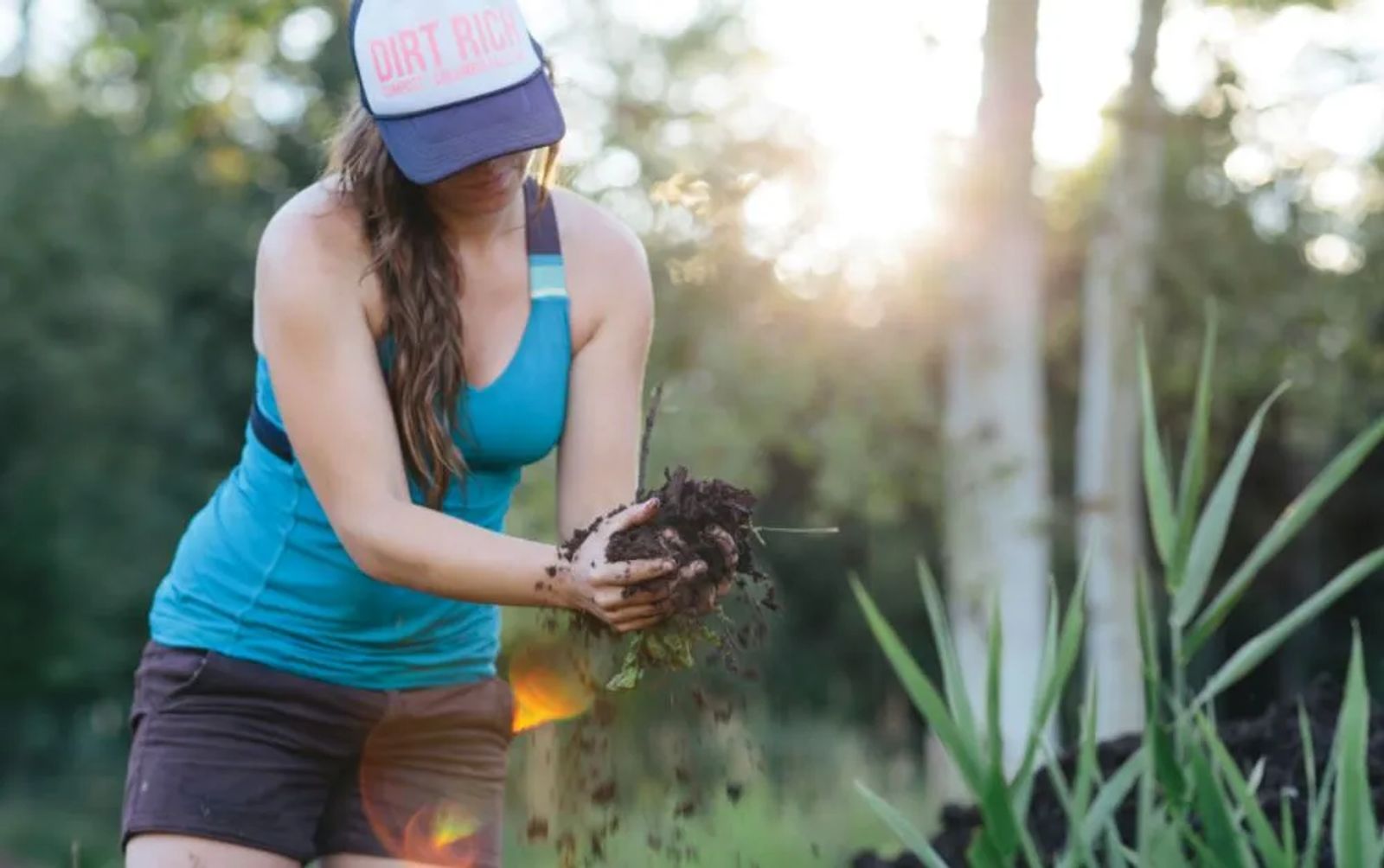
Put simply, Dr. Ingham's message is that the health of our soil, the health of our food, and the health of our bodies are intricately connected. She has made it her life's work to overturn many erroneous ideas about the soil under our feet, and to teach people involved in agriculture how to put these principles to use.
When most of us look at a handful of soil, we see...dirt. But when students of soil biology, like Alissa, and Dr. Ingham, look at that same handful of soil, they see far more. They know that soil isn't just a lifeless medium for growing crops. It is, instead, a complex community and inter-dependent web of microorganisms such as bacteria, fungi, protozoa, nematodes and tiny arthropods. Healthy soil is literally crawling with a wild diversity of tiny lifeforms. It is this hidden community which supports a plant as it takes root, grows, reproduces, dies, and eventually is absorbed back into the soil which grew it. These microbes truly are the foundation for life, itself.
Unfortunately, many of the practices of modern agriculture were developed without this understanding. Because of this, a number of our normal agricultural practices actually destroy soil life and the delicate soil foodweb instead of nurturing it.
According to Dr. Ingham, whenever the soil is tilled, artificial fertilizers or pesticides are applied, or the soil is used to grow multiple successions of a crop without being compensated for those lost nutrients, we compromise the microbial networks, which lend so much value to our growing medium. The loss of these microbial communities ultimately leads to a loss of nutrients in the soil, the establishment of pests and plant diseases, and a gradual demineralization, which leaves our crops deficient. The living soil system eventually collapses and, lacking its important living communities, is degraded to the point that it becomes inert and eroded.
By establishing DIRT Rich Composting service, Alissa is doing her part to reverse the cycle of soil destruction, and she firmly believes that the process begins at home, in our kitchens. You see, these complex little communities of microbes are hungry, just like you and me. And, it just so happens that our food can also be their food. Because she believes that agriculture should be focused on the art of nurturing soil life, Alissa is building a system which ensures the “little guys” flourish.
This works because nature has already provided an elegant solution for us to work with. The tiniest critters in the soil foodweb, the microbes, are drawn to rotting organic materials, like dead vegetation and food waste. As they work to colonize and digest these materials, they become capable of fending off organisms which are responsible for plant diseases, as well as many species of pests. They also stabilize the physical structures of the soil itself, preventing erosion, stopping the leaching of nutrients, and capturing more water than plain dirt is able to.
Once these tiny microorganisms have gobbled up the simple sugars from decomposing waste, they multiply. The growing population of these sugar-fed microorganisms creates a new food source, making way for predatory protozoa to settle into their niche in the soil foodweb. These protozoa eat the microbes and excrete the leftovers as bio-available plant nutrients into the surrounding soil. This simple, but important, cycle of life forms the foundation of the food chain.
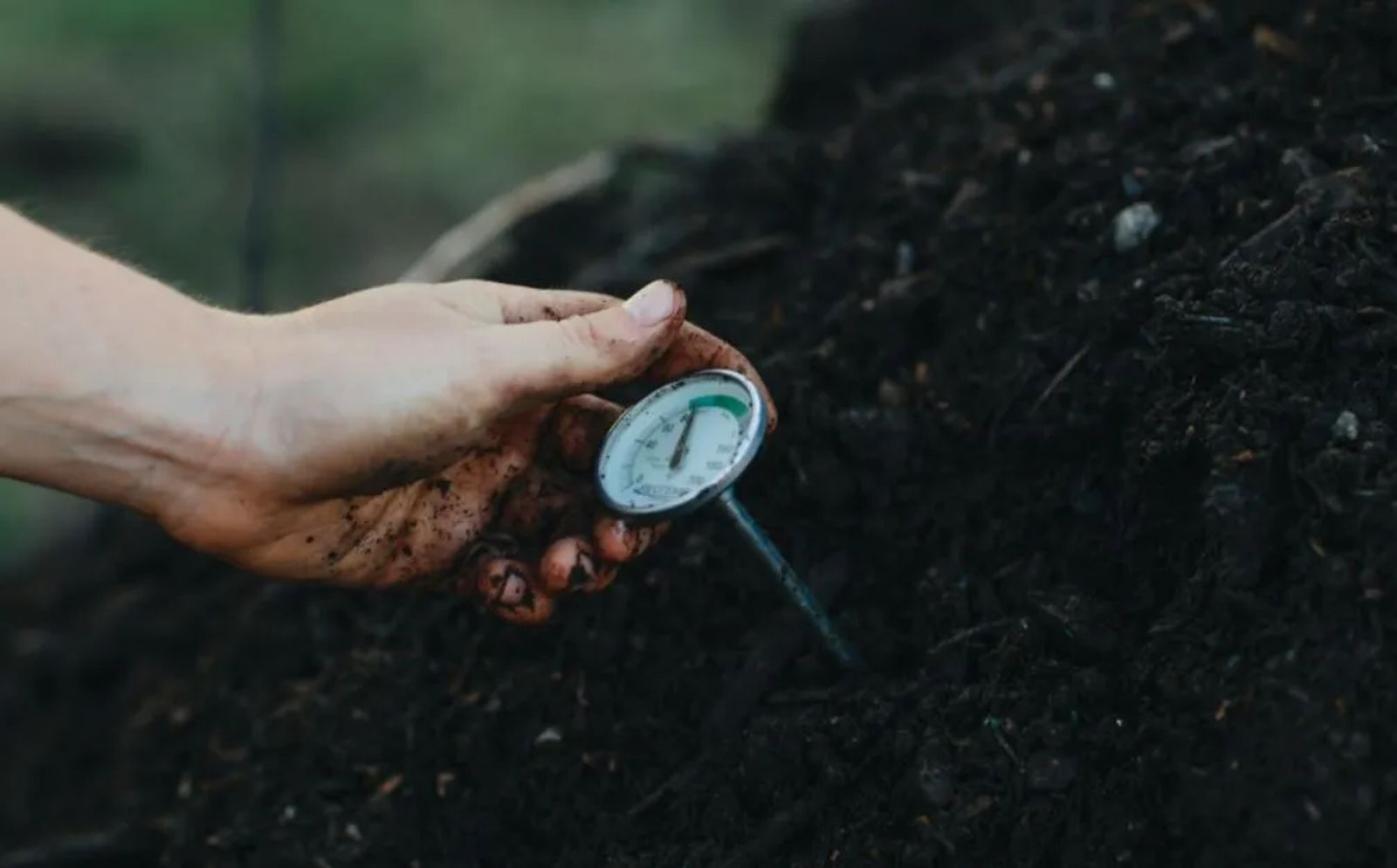
Alissa and her DIRT Rich service hold the keys to maintaining this vital soil life cycle. Put simply, the key to maintaining our soil is compost. The right kind. And lots of it.
According to Alissa, “Your location and end goals matter when deciding what kind of compost to use. Whether you're growing a vegetable garden, planting perennials, or managing a large grassland, you need to know what your bacteria-to-fungi ratios are in the compost product you're applying. Different environments call for different types of compost, and different ratios of fungi, bacteria, microbes, and nematodes.”
Armed with a microscope, Alissa regularly peers into the demographics of the microbial communities she's working to build, identifying the species which have taken up residence in her compost products. Knowing who is living in her compost enables her to choose a specific compost product to inoculate a certain type of soil, building the soil foodweb more quickly and efficiently than would be possible with the blind application of standard garden-store compost varieties.
The raw materials for her magical compost mixture arrive primarily in the form of food scraps and waste from the restaurants in Glacier Park, as well as a variety of local schools and commercial kitchens who have enthusiastically signed up for her service. And, the volume of these materials is nothing to sneeze at. Last summer, she collected and composted 87 tons of food waste from the kitchens in Glacier National Park, alone. Many more tons came from outside the park.
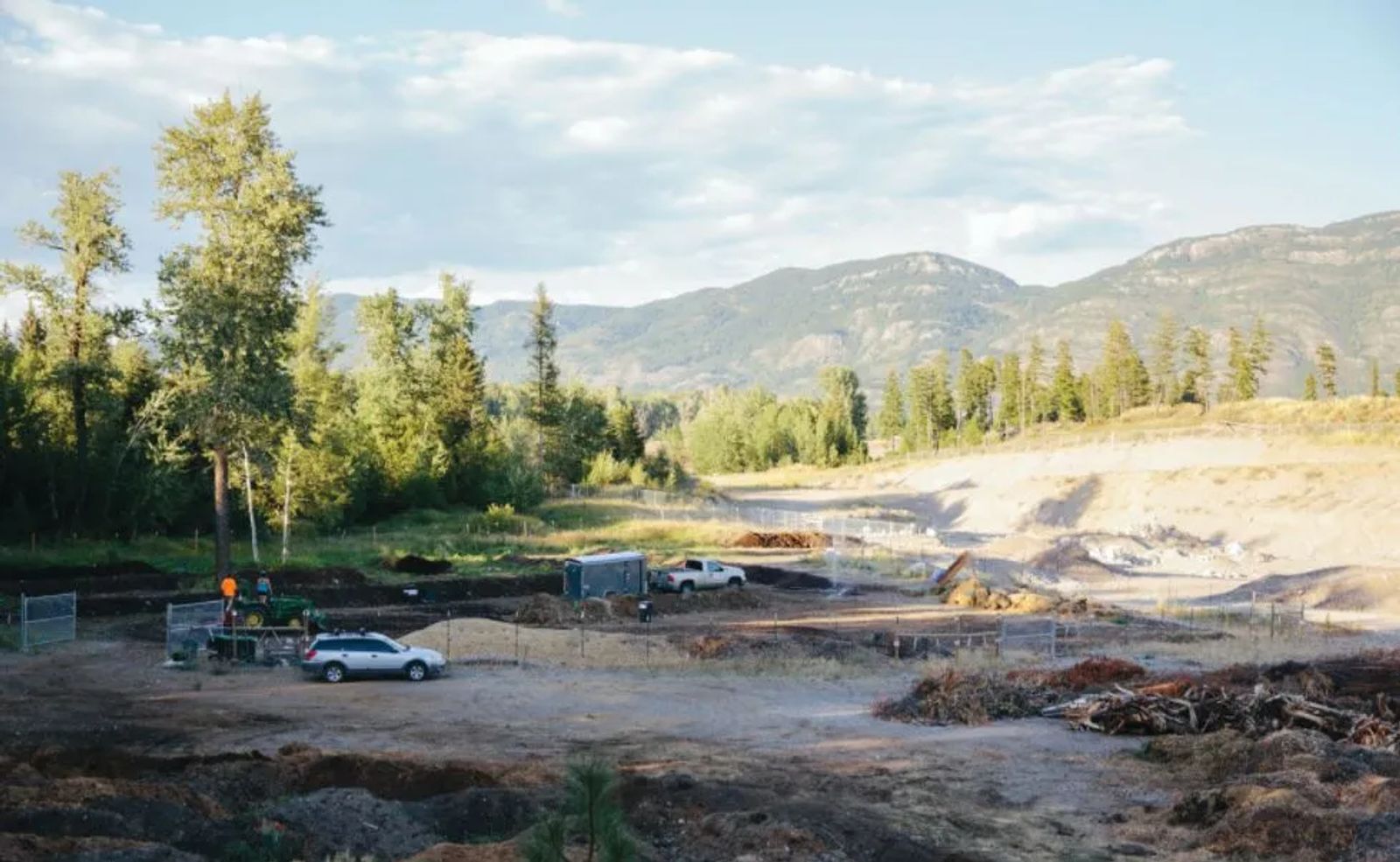
The end goal of Alissa's vision is not just to process food waste or sell compost, although that is certainly a big part of her plan. Ultimately, she envisions an expanding network of educated soil nurturers and similar composting services, all working to capture the food waste, which usually goes to the landfill. She hopes to see many more businesses like hers, turning our waste into a powerful tool for the remediation of damaged soil throughout our agricultural communities.
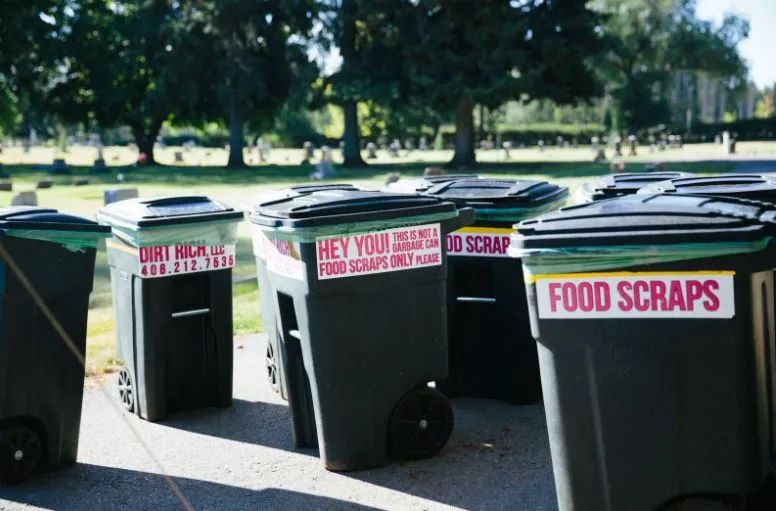
In the meantime and closer to home, she loves to teach people in the Flathead Valley how to work with soil microbes on a household and farm scale, building their own soil fertility from the ground up. To this end, she plans to expand her services to include consultations for farms and ranches in the area, teaching them how to achieve soil health and balance, on their own terms.
In the end, Alissa's vision is bigger than compost. “I came into this business thinking about it as a recycling service, but now, I know it's about the soil,” she says. “I see DIRT Rich as a way to reclaim and restore our agricultural system through restoring soil biology. Ultimately, it's about teaching people how to be a valuable part of the food cycle and work with these cycles, instead of against them.”
TO LEARN MORE ABOUT DIRT RICH, visit the company on Facebook by searching DIRT Rich Composting and Pick Up Service.















